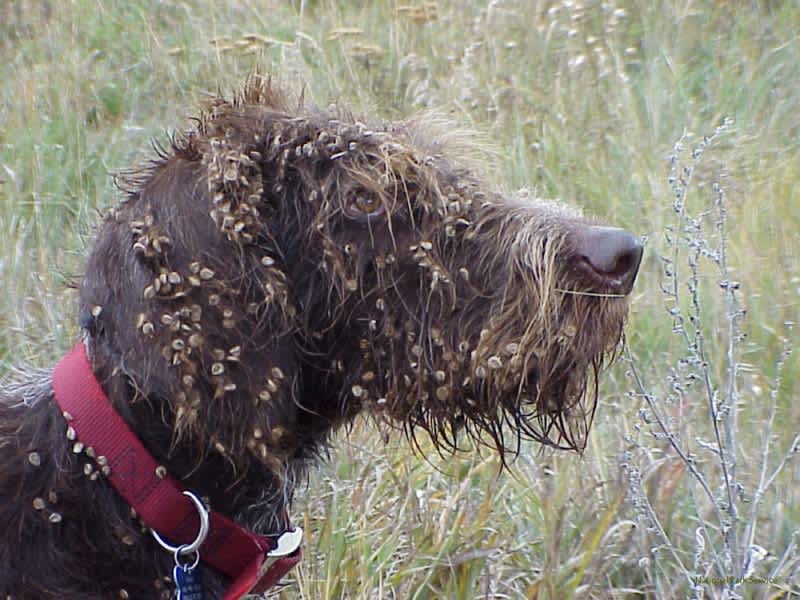Hunters: How You Can Help Prevent the Spread of Invasive Species
OutdoorHub Contributors 10.10.12

Editor’s note: This article was originally produced with an audience of Nebraskan sportsmen and women in mind, but we believe its message can apply to outdoorspersons all cross the country. Also featured below are additional tips from the U.S. Department of Agriculture.
Sportsmen and sportswomen have been a driving force behind conservation by helping maintain wildlife populations and reducing habitat loss.
Hunters and anglers help fund state wildlife conservation through the purchase of licenses and federal excise taxes on hunting and fishing equipment support management programs. As a result, tens of millions of acres of wildlife habitat have been conserved throughout the United States, ensuring the survival of hunting and fishing traditions for future generations.
Today, wildlife and fish are facing a threat: invasive species.
All sportsmen depend on the existence of healthy ecosystems to hunt and fish. Wildlife requires adequate habitat — food, shelter, water and plenty of space — to reproduce and maintain healthy populations. Invasive species threaten vital wildlife and fish habitat, posing a threat to two of Nebraska’s oldest traditions — hunting and fishing.
For thousands of Nebraskans, hunting and fishing are activities that are passed down over generations. Nebraska offers some of the best hunting and fishing in the country, and, thus, it is critical to protect the habitats that support wildlife and fisheries.
With upcoming hunting seasons, sportsmen can take these steps to help protect critical wildlife habitat against the impacts of invasive species.
 Waterfowl hunters: The invasion of common reed (Phragmites) and purple loosestrife in wetland areas and along shorelines has devastated habitat for waterfowl in Nebraska.
Waterfowl hunters: The invasion of common reed (Phragmites) and purple loosestrife in wetland areas and along shorelines has devastated habitat for waterfowl in Nebraska. - Before leaving an area, thoroughly check your waders, boots, decoys, boat, dogs, clothing and anything else that came into contact with water. Remove as much of the mud and vegetation as possible before heading out. Bulb-shaped decoy anchors can help reduce snagging of aquatic plants. Using native plants, instead of Phragmites, for blinds will help prevent unwanted species from spreading.
- Upland hunters: Upland hunting is a big part of Nebraska’s heritage, but invasive species such as houndstongue and musk thistle are threatening the habitat required by upland species.
- Sidestep infested areas. Avoid driving or walking through areas that are infested with invasive species. Clean mud, seeds and vegetation off your vehicle, pets and even your boots before going to your next spot.
- Big game hunters: Woodland habitat that big game animals rely on is being taken over by a variety of invasive species. Garlic mustard and European buckthorn are becoming all too familiar, but some invasive species are not here yet, such as the emerald ash borer. This and other invasive insects can wipe out Nebraska’s forest habitat.
- Do not move firewood. Invasive insects and diseases are easily transported to new areas in firewood. Burn firewood where you buy it to help protect our forests and trees.
Invasive species pose a serious threat to Nebraska’s landscapes, resources and wildlife. Invasive species also are an expensive problem, costing the Midwest millions of dollars in damages and management efforts each year.

Unfortunately, hunters and anglers are bearing the brunt of those negative impacts. Sportsmen, perhaps more than any other group, are uniquely positioned to expand and promote the fight against invasive species. If you come across invasive species, let us know. Reporting problem areas will help us maintain healthy habitats, and protect hunting opportunities for future generations.
For more information, or to report an invasive species, visit the Nebraska Invasive Species Project at http://snr.unl.edu/invasives.
Karie Decker is the Nebraska Invasive Species Project Coordinator. Contact her at 402-472-3313 or invasives@unl.edu.
Additional Tips
- Be aware — Know which invasive species are a problem in the areas you hunt and fish. Watch for changes in those spots. If you see a plant that was not there last season, identify it and do a little research. If you think the plant is invasive, report it.
- Report sightings — Before your next hunting or fishing trip, download the free MRWC-EDDMapS invasive species reporting app for Android and iPhone. If you spot an invasive species, use the app to report it. Reports are sent to the appropriate authorities for verification. Download it from apps.bugwood.org.
- Spread the word — Tell friends and family about the problems invasive species pose to wildlife and fish habitat and let them know what they can do to help.
This article was originally written by Karie Decker and is republished with permission.



